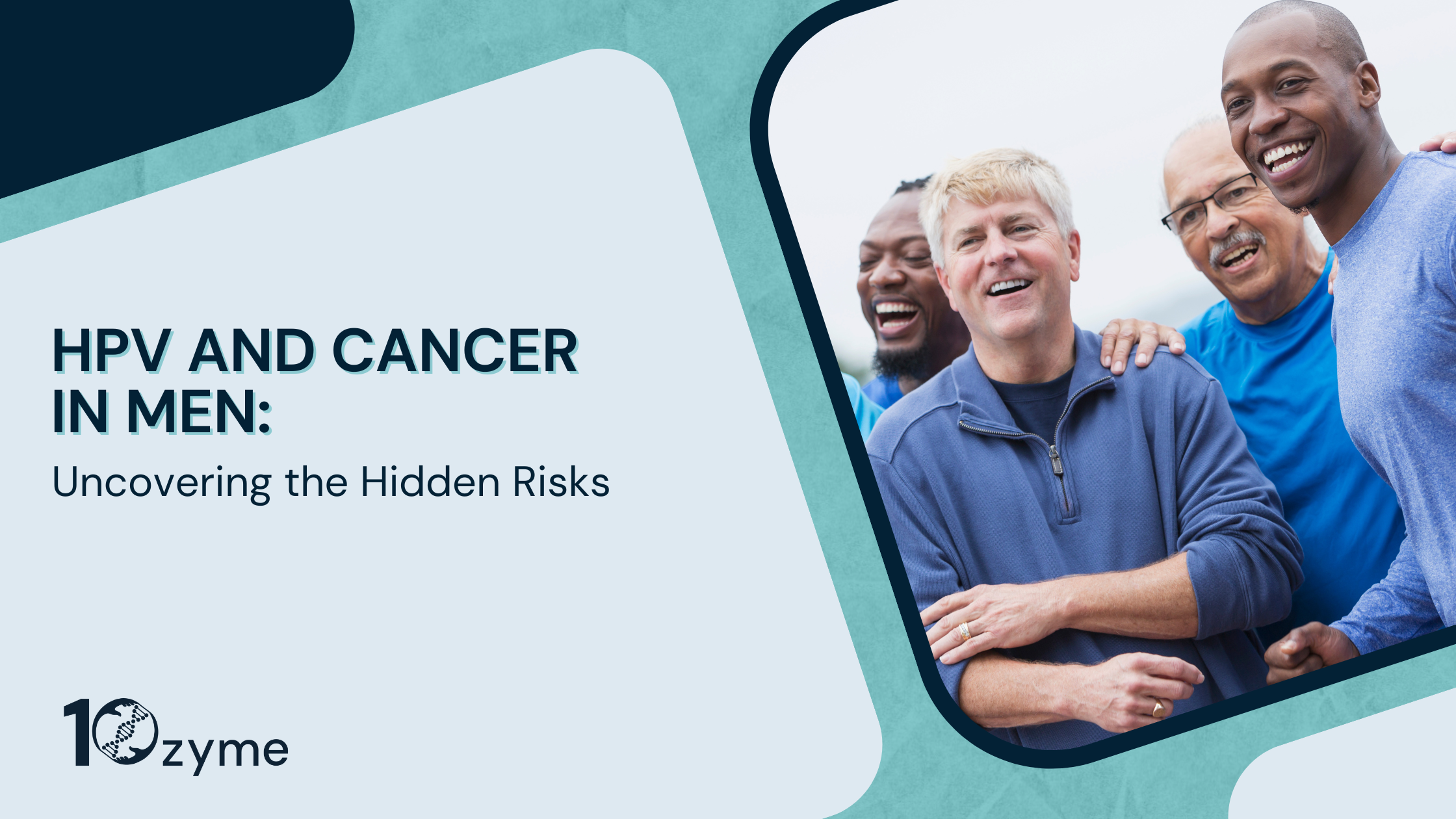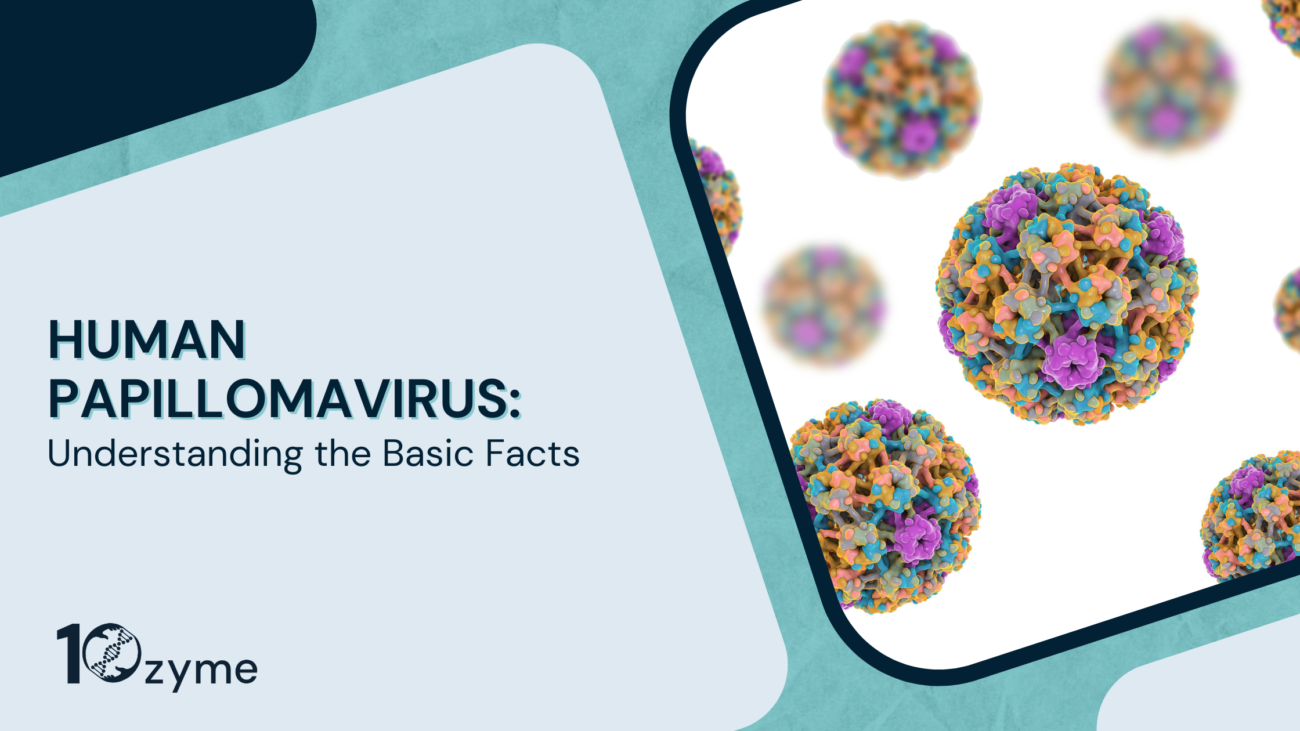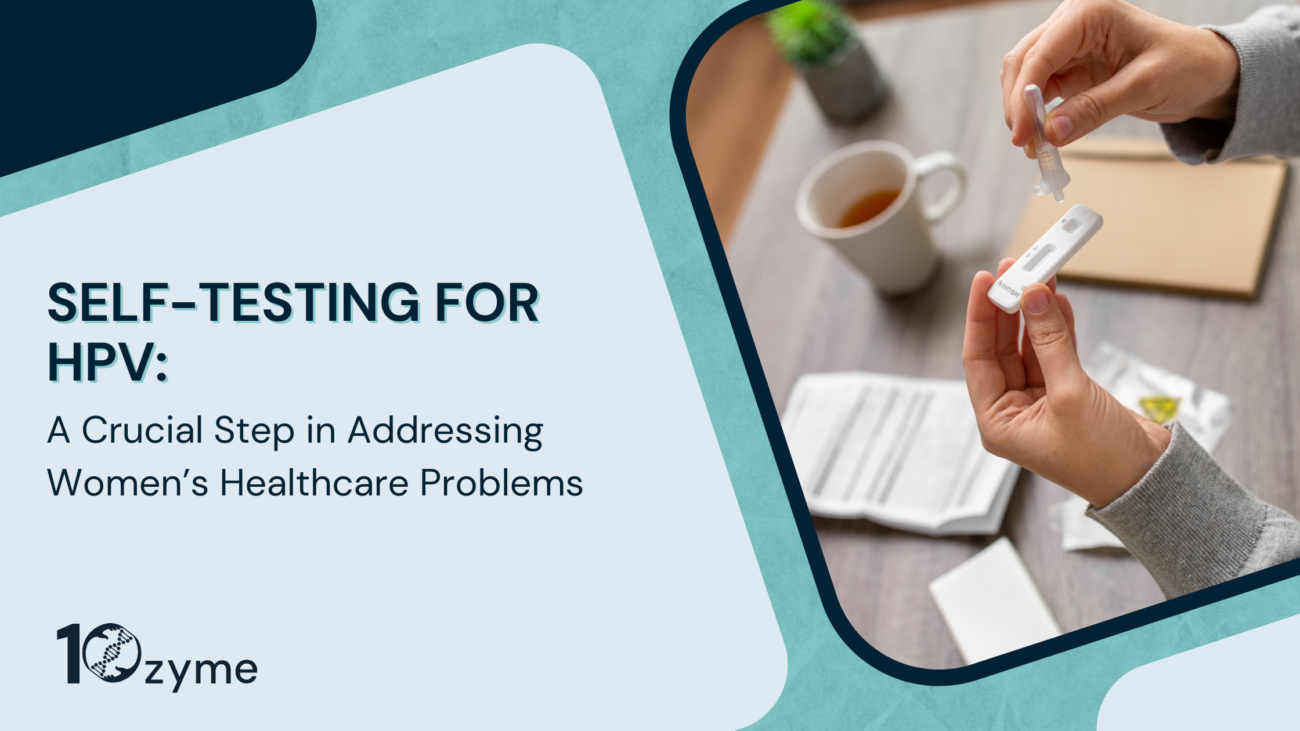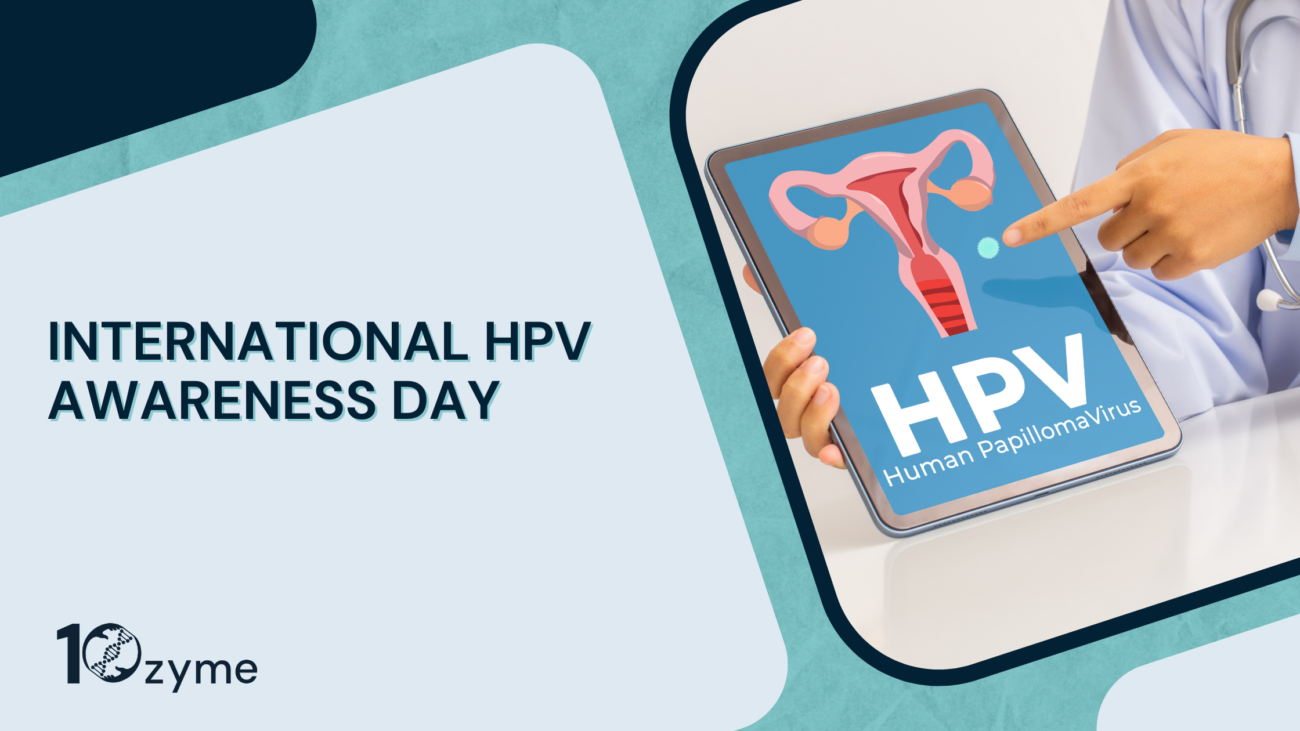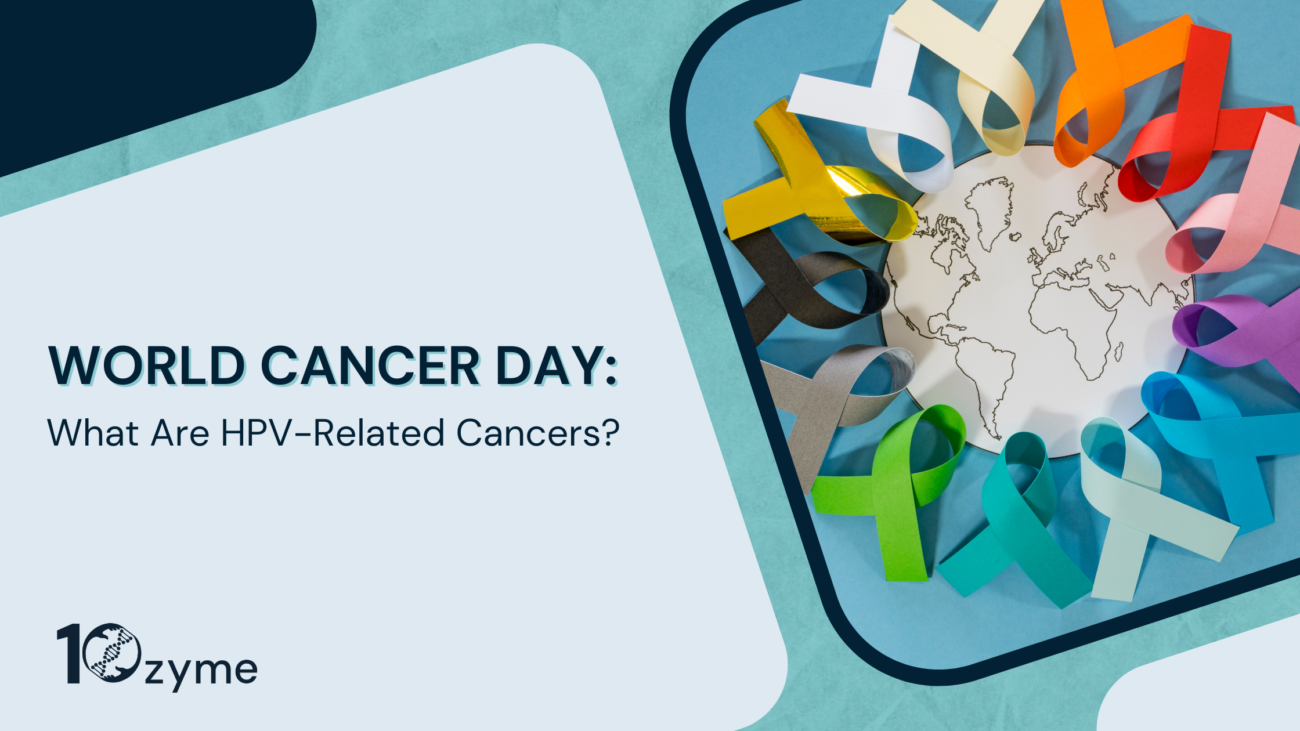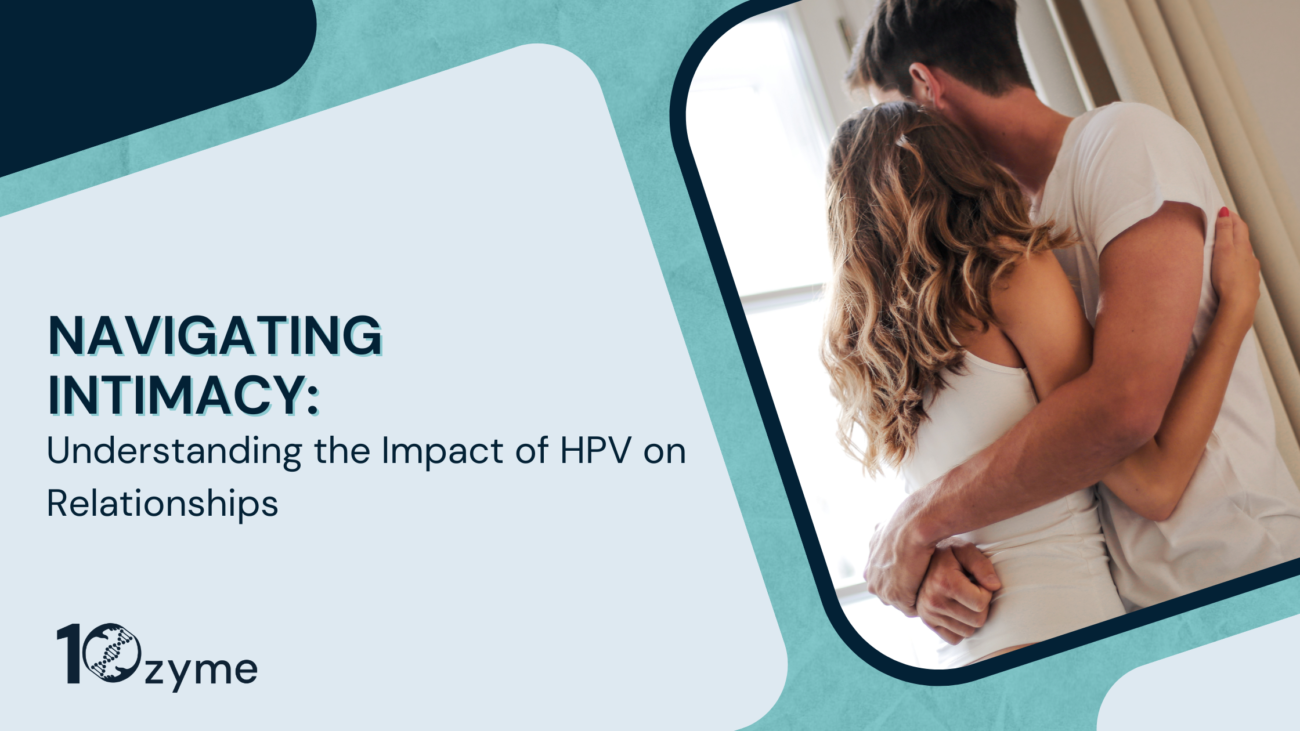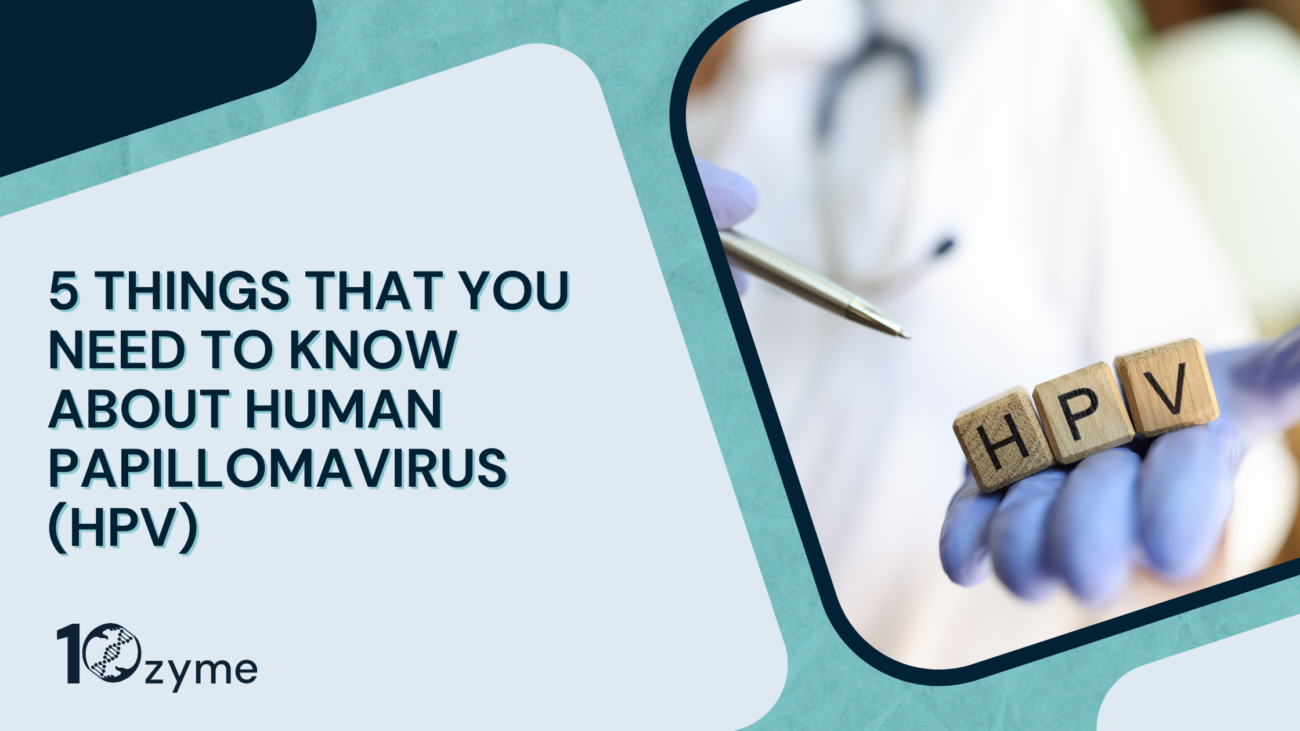HPV and Cancer in Men: Uncovering the Hidden Risks
Written by Zartaj Khan
Medically reviewed and edited by Dr Said Qabbaah, MBBS, MBA
Scientifically reviewed by Dr Angela Pine, BSc, MSc, PhD1
Human papillomavirus (HPV) is a known cause of certain cancers,1 and alarmingly, HPV-related cancers are on the rise in men. In recent years, the UK reported that rates of some head and neck cancers caused by HPV in men had actually surpassed the incidence of cervical cancer in women—a trend that has raised concern among clinicians and researchers.2
Human Papillomavirus (HPV)
You might be wondering, what exactly is human papillomavirus (HPV)? HPV refers to a common group of sexually transmitted viruses that can infect various parts of the body. In the UK, it is among the most common sexually transmitted infections, primarily affecting the genital tract.
Approximately 14 types of HPV are considered high-risk, meaning that persistent infections, resulting from the immune system’s inability to control them effectively, can increase the risk of developing cancer if left undetected and untreated.3
HPV does not discriminate between men and women in terms of infection and cancer risk. While women are at risk of certain cancers such as cervical, vaginal, and vulval cancer, men may also face the potential to develop specific HPV-related cancers.
HPV-Related Cancers in Men
Penile cancer
This is a rare type of cancer, affecting only around 700 men a year in the UK, with around 60% of cases caused by an HPV infection.4 Penile cancer may be associated with any of the following symptoms:
-
- A skin change of the penis or foreskin
- Bleeding from the penis or under the foreskin, or a foul-smelling discharge
- A skin rash on the penis or foreskin
- A persistent growth or sore
- Lumps in the groin area
Anal cancer
This type of cancer is strongly associated with HPV infection, which is responsible for approximately 90% of cases.5 The risk of developing anal cancer is higher in men who have sex with men, as anal intercourse increases the chances of HPV infection.
For this reason, men aged 45 or under who have sex with men are eligible for the HPV vaccine through the NHS when visiting a sexual health or HIV clinic.6 Anal cancer may not cause specific symptoms, especially in the early stage. However, men may experience any of the following:
-
- Bleeding from the back passage (rectal bleeding) or mucus discharge
- Anal pain, discomfort, or itching
- A lump or sore inside or around the anus
- Problems controlling the emptying of bowels (bowel incontinence)
Mouth and throat (oropharyngeal) cancer
Mouth cancer can affect any part of the mouth, including the lips, gums, inner cheeks, the front part of the tongue, and the floor or roof of the mouth. In throat cancer, it starts in the part of the throat just behind the mouth, and includes the soft part of the roof of the mouth (soft palate), the base or back of the tongue, the tonsils, and the side walls of the throat.
While smoking and excessive alcohol consumption are strongly associated with oropharyngeal cancer, there is also a significant link to oral HPV infection (mainly with the high-risk type HPV16), particularly in throat cancers, which is known to cause approximately 50% of cases.7 In recent years, the incidence of HPV-positive oropharyngeal cancer has risen, and is predicted to continue rising in the future.2,8
Symptoms of oropharyngeal cancer may include any of the following:
-
- A non-healing mouth ulcer
- A persistent patch, lump, or thickening on the lip or inside the mouth
- Pain, bleeding, or numbness inside the mouth
- A sore throat or tongue
- Difficulty or pain with chewing, swallowing, or speaking
- Bad breath, loose teeth or dentures
- Earache or hoarseness of voice
- A lump in the neck or throat
Many of the symptoms mentioned above can result from unrelated conditions, such as infections, injuries, or general allergies. However, it is crucial to seek prompt medical attention if any unusual changes in appearance or symptoms occur, to ensure a proper diagnosis and begin timely treatment.
Prevention
HPV plays a significant role in cancer development. However, the lack of proper awareness of its association with the development of certain cancers is a major contributing factor to the witnessed rise of some HPV-related cancers among men.
Therefore, education about this subject is crucial for prevention. This includes understanding HPV’s transmission, risk factors, health impacts, related cancers, symptoms, and preventative measures.
Accurate knowledge is essential to dispel misconceptions about HPV, which can undermine prevention strategies and negatively affect health outcomes. Promoting public health campaigns, educational programmes, and encouraging discussions with healthcare providers can help close the knowledge gap and empower men to take proactive steps in preventing HPV-related cancers.
Condoms, when used properly and consistently, can help reduce the risk of HPV infection. However, they do not offer complete protection, as they do not cover all areas of the skin that are susceptible to infection.
While an HPV infection cannot be completely prevented and there is currently no screening available for infections affecting parts of the body other than the cervix, there are effective ways to protect against it—one being HPV vaccination.
The vaccine has proven highly effective in protecting against the negative health effects of HPV, particularly cervical cancer, in addition to anogenital cancers and genital warts.9,10 The most recent vaccine covers 9 HPV types most commonly associated with these conditions and is part of a UK nationwide programme offered to school children aged 12 to 13.
It is also available to high-risk groups, such as men who have sex with men under the age of 45 and immuno-compromised individuals.6 It is important to understand, however, that the HPV vaccine is not effective against existing infections; it is best when administered before any exposure to the virus, ensuring optimal protection.
10zyme: Advancing women’s health
We’re developing a groundbreaking self-test with instant results to detect the main cause of cervical cancer: high-risk HPV. Detecting infections early prevents cancer ever developing.
By enabling self-testing, we aim to empower women, overcome stigma and anxiety, and help eliminate a disease killing hundreds of thousands a year globally. See our Education Section to find out more.
Please follow and support us on social media: LinkedIn, Instagram, and TikTok.
References:
-
- Cancer Research UK (CRUK). (2024). Does HPV cause cancer? [Online]. Available at: https://www.cancerresearchuk.org/about-cancer/causes-of-cancer/infections-eg-hpv-and-cancer/does-hpv-cause-cancer (Accessed 13/06/24)
- Lechner, M., Jones, O.S., Breeze, C.E. and Gilson, R. (2019). Gender-neutral HPV vaccination in the UK, rising male oropharyngeal cancer rates, and lack of HPV awareness. The Lancet Infectious diseases, 19(2):131-132. doi:10.1016/S1473-3099(18)30802-8
- National Health Service (NHS). (2022). Human papillomavirus (HPV). [Online]. Available at: https://www.nhs.uk/conditions/human-papilloma-virus-hpv/ (Accessed 14/06/2024)
- Cancer Research UK (CRUK). (2023). What is penile cancer? [Online]. Available at: https://www.cancerresearchuk.org/about-cancer/penile-cancer/what-is-penile-cancer (Accessed 14/06/2024)
- Cancer Research UK (CRUK). (2022). Risks and causes of anal cancer. [Online]. Available at: https://www.cancerresearchuk.org/about-cancer/anal-cancer/risks-causes (Accessed 14/06/2024)
- National Health Service (NHS). (2023). HPV vaccine. [Online]. Available at: https://www.nhs.uk/vaccinations/hpv-vaccine/ (Accessed 14/06/2024)
- Cancer Research UK (CRUK). (2024). Risks and causes of mouth and oropharyngeal cancer. [Online]. Available at: https://www.cancerresearchuk.org/about-cancer/mouth-cancer/risks-causes (Accessed 10/09/2024)
- Gormley, M., Creaney, G., Schache, A., Ingarfield, K. and Conway, D.I. (2022). Reviewing the epidemiology of head and neck cancer: definitions, trends and risk factors. British Dental Journal, 233(9):780-786. doi:10.1038/s41415-022-5166-x
- Falcaro, M., Castañon, A., Ndlela, B., Checchi, M., Soldan, K., Lopez-Bernal, J., Elliss-Brookes, L. and Sasieni, P. (2021). The effects of the national HPV vaccination programme in England, UK, on cervical cancer and grade 3 cervical intraepithelial neoplasia incidence: a register-based observational study. Lancet, 398(10316):2084-2092. doi:10.1016/S0140-6736(21)02178-4.
- Waller, J., Forster, A., Ryan, M., Richards, R., Bedford, H. and Marlow, L. (2020). Decision-making about HPV vaccination in parents of boys and girls: A population-based survey in England and Wales. Vaccine, 38(5):1040-1047. doi:10.1016/j.vaccine.2019.11.046

